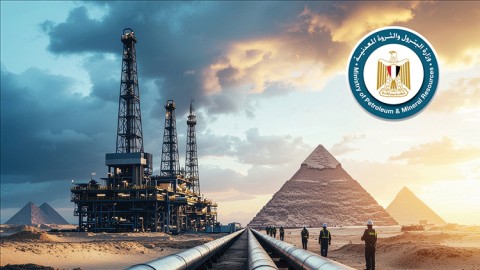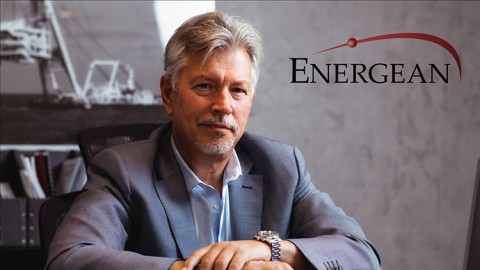Realizing that energy security and carbon neutrality should be two sides of the same coin, Egypt has linked national development plans, especially those concerning energy transition and energy efficiency (EE), with carbon reduction opportunities. Notably, the move comes within the framework of Egypt’s vision for 2030, which reflects the country’s long-term strategic plan to achieve the Sustainable Development Goals (SDGs).
Energy Transition
In its effort to align with SDGs, the government decides to increase the share of natural gas in the energy mix. Policy-makers recognize that utilizing Egypt’s abundant natural gas could, in addition to fostering economic growth, make a significant contribution towards reducing carbon footprint. Accordingly, a new natural gas law was issued in August 2017, laying the foundation for the development of a competitive gas market.
The law gradually decentralizes the Egyptian gas market and opens it up for private investment in trading, storing, selling, and distributing natural gas. Furthermore, under the law, private companies pay a set fee for the use of public transit facilities and pipelines. Profits earned from these fees are used to expand existing pipelines and encourage investments in gas infrastructure and transportation networks. To illustrate, the government extends and develops the natural gas grid to connect more residential, commercial, industrial units throughout the country. Considering that burning natural gas yields fewer carbon emissions than burning coal or petroleum, the transition to natural gas has accounted for much of the decrease in carbon emissions. With this, the country manages to supply energy in line with economic developments and environmental needs
Moving to transportation networks, Egypt has dedicated a whole pillar for sustainable transport in its carbon emission mitigation strategy since the transport sector generates a large share of carbon emissions. Emissions from transportation primarily come from burning fossil fuel; namely, gasoline and diesel. With an aim to mitigate such impacts, the government starts taking the necessary policy reforms and measures which include fuel switching to low carbon alternatives, upgrading of vehicles fleet and engine tuning.
As an illustration, the government joins forces with private sector to commercialize natural gas vehicle conversions (NGVs). Not only do NGVs industry contribute to reducing carbon emissions, but it also has a high economic return. Compared to diesel, Natural gas is inexpensive and environment friendly. A primary key to the NGV industry success in Egypt is the package of financial incentives offered by the government including 5-year tax holidays for natural gas companies, low-cost conversion charges for car owners, and attractive price differential between natural gas and gasoline. In similar fashion, the government launched a parallel initiative entitled “Vehicle Scrapping and Recycling Program”. Through this program, obsolete vehicles are replaced by newer ones with dual-fuel engine. In addition to the use of natural gas as a clean alternative fuel, the new cars are equipped with modern catalytic converters which increase fuel efficiency. Thanks to the Vehicle Scrapping and Recycling program, 310,000 tons of carbon emissions were avoided between 2013 and 2017. With that, energy efficiency can also deliver robust emission cuts.
Energy Efficiency
The degree to which efficiency improvements can limit energy demand growth is one of the main distinguishing characteristics of carbon reduction pathways. With this in mind, Minister of Petroleum and Mineral Resources (MoP), Tarek El Molla, scales up action on energy efficiency to mitigate climate change. For instance, El Molla endorsed the World Bank Initiative “Zero Routine Flaring by 2030”. The initiative aims at reducing gas flaring at oil production sites. Flaring of gases, in addition to economic losses, increase carbon emission significantly. knowing that gas flaring is mostly found in refineries, some measures were taken to improve the efficiency of the energy consumption in refineries with a total savings of about EGP 300 million annually.
As for EE projects, the ministry aims to implement low-cost EE projects through introducing new technologies, system optimization, and full energy audits. In cooperation with the European Bank for Reconstruction and Development (EBRD), two EE grant studies were conducted: the Suez Oil Processing Company’s (SOPC) Full Energy Audit and the System Optimization and GASCO’s Waste Heat Recovery. In a nutshell, the energy transition strategy, along with energy efficiency, enables Egypt to manage carbon emissions.








